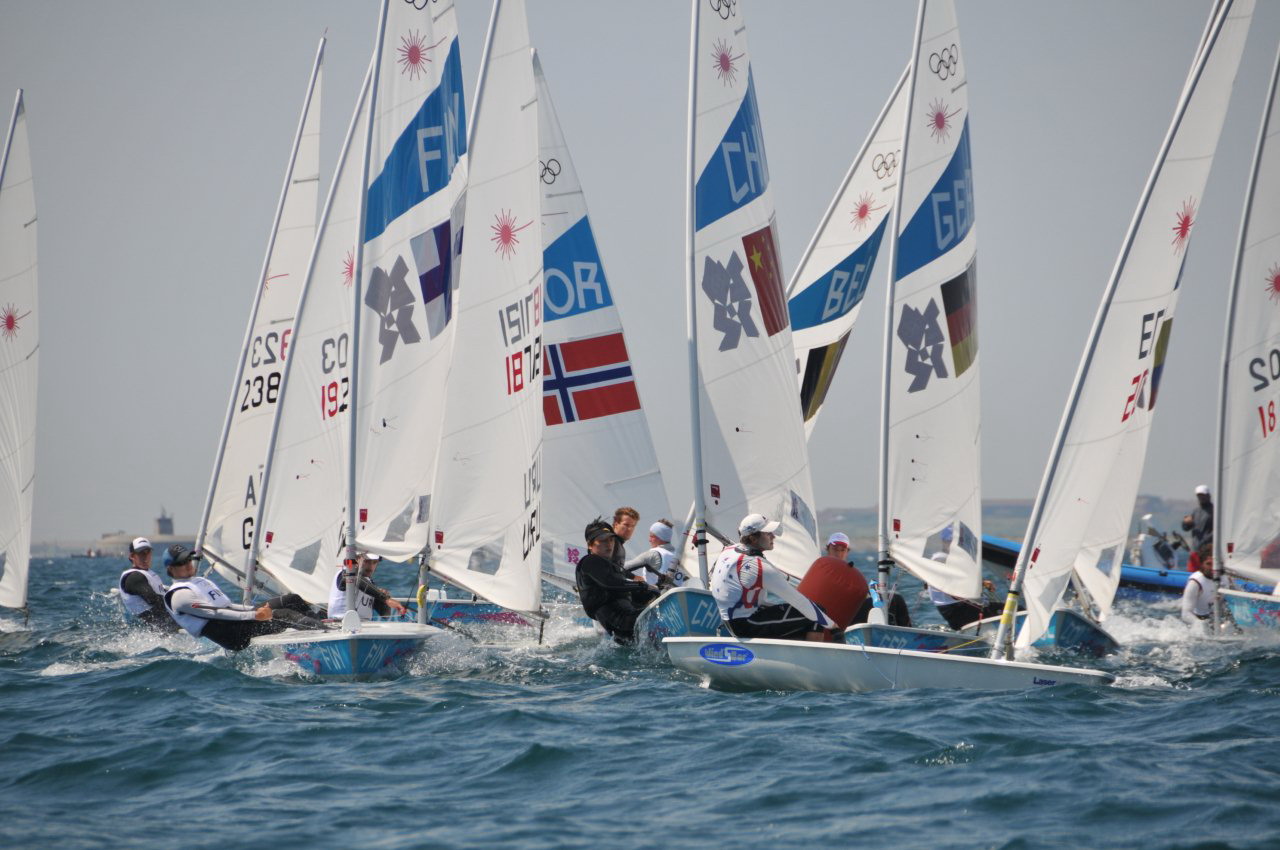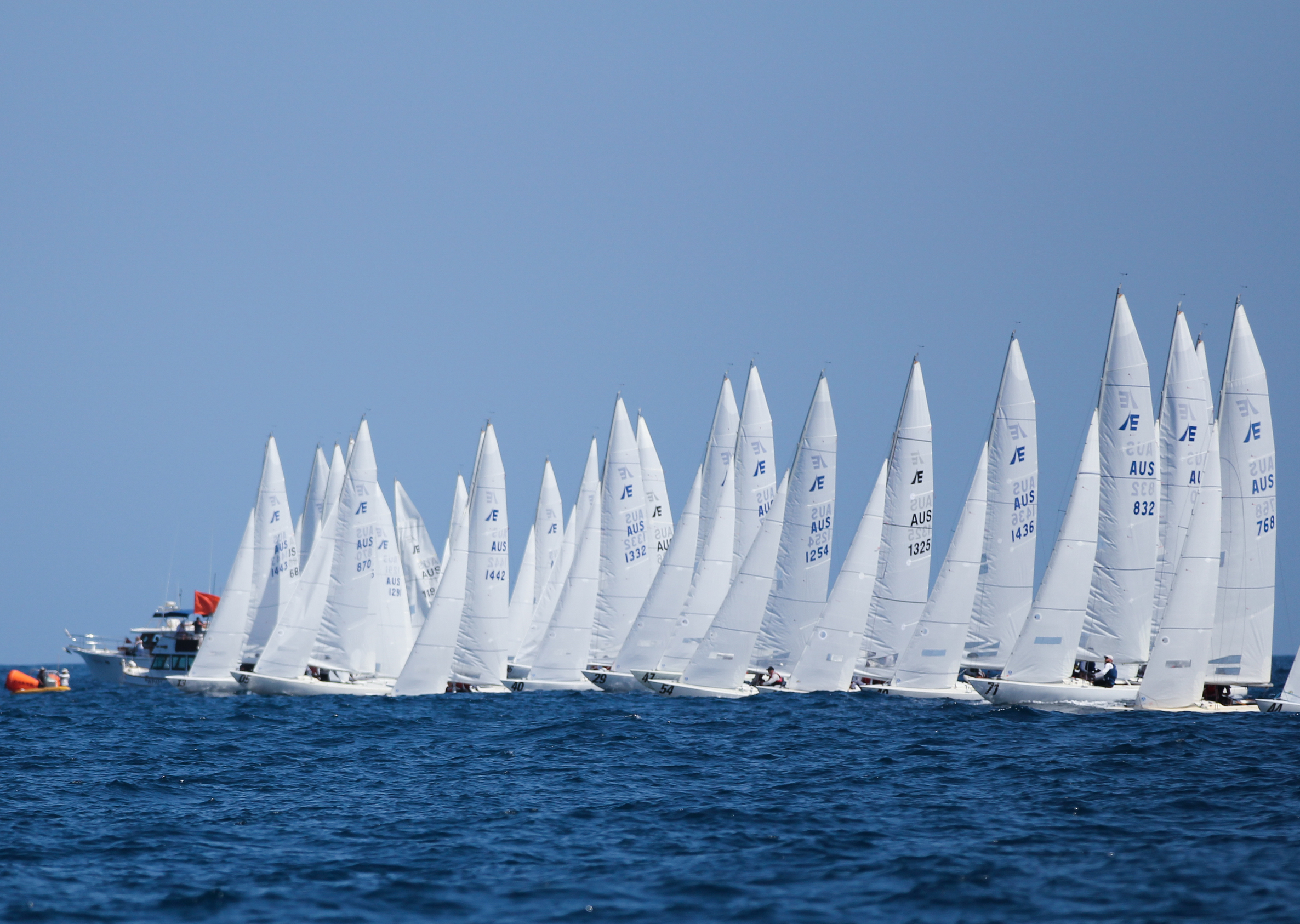

Strategy and tactics are the key ingredients of your plan to ensure success and fun for the day’s sailing event.
What is Strategy?
A definition of strategy is having a plan for how you would like to sail a race if there were no other boats on the course.
Tactics are being able to adapt quickly to changing situations, that is, reacting to the boats around you.
A lot of strategy can be done before you leave the beach such as taking note of local topography and how it will affect the wind. Look at charts and tide tables that tell you about potential currents. Tactics on the other hand are something that is a moving target.
Part of your strategy can be talking with locals or competitors who have sailed at the venue before.
Once on the water, work out what type of day it is, is it gusty and shifty, how large are the shifts and how fast are they?
In your head, make some rules for the race but avoid making too many. Too many rules to think about will take your mind away from keeping the boat fast.
You need to concentrate on the many other aspects of getting to the next mark the quickest way possible.
Be prepared to adjust or jettison rules if conditions change or the rules do not appear to be working.
In small fleets, waiting for a hole to appear on the starting line may be your best move. In a large fleet, those holes are few and far between.
If you’re sailing down the starting line on starboard and unable to gybe back due to a long line of port tackers, head upwind a few boat lengths and either gybe or tack back to port to find your hole on the starting line.
Tactics – Both Strategy and Tactics Are Important
From a Tactical point of view, it is very much about weighing up the risk/reward for each action. Try to minimise the risks by sailing conservatively.
Different weather conditions and fleet positions will require different tactics. Try to keep things as simple as possible and set small goals.
In shifty conditions, always be on the lifted tack. Do this even if it means being in dirty air for a short period of time.
In sailboat racing, there are a few rules of thumb that work almost every time. It almost always pays off to work the middle of the race course upwind. Almost.
With small fleets and moderate conditions where the difference in velocity in the regular breeze and the puffs is small, leveraging the middle of the racecourse is a great way to minimize risk while putting yourself in a position to pass boats or extend your lead.
In light air where the difference in the regular breeze and puffs is much larger, it’s more important to identify pressure and sail towards it, even if it means sailing on an edge of the race course.
In stable wind make sure you have clear wind. It may even mean sailing on a small header briefly to clear your lane.
Keep your Tactics simple, it is easy to overcomplicate this area of sailing.
FREE SAILING GLOVES – Only pay P&H






